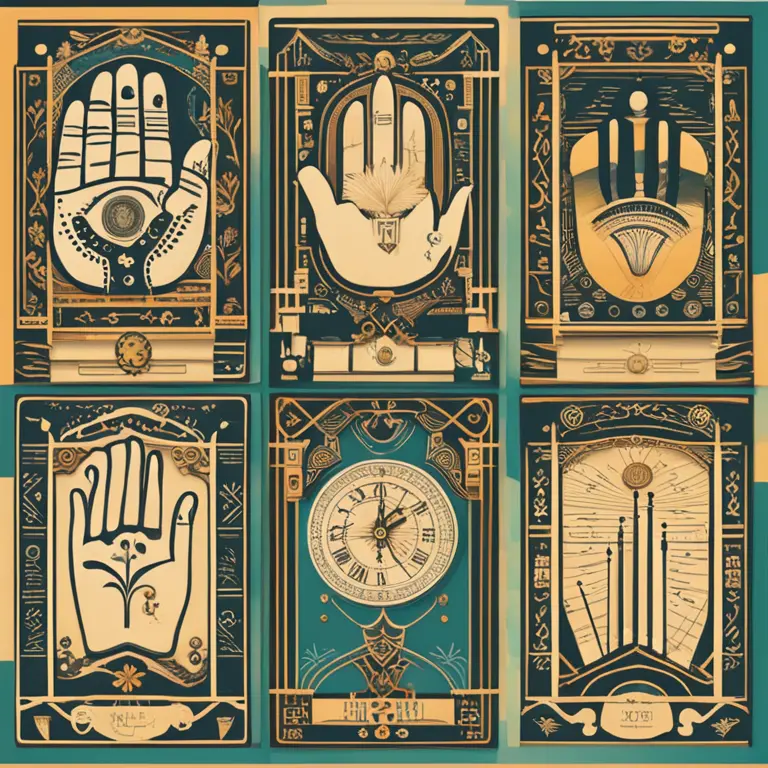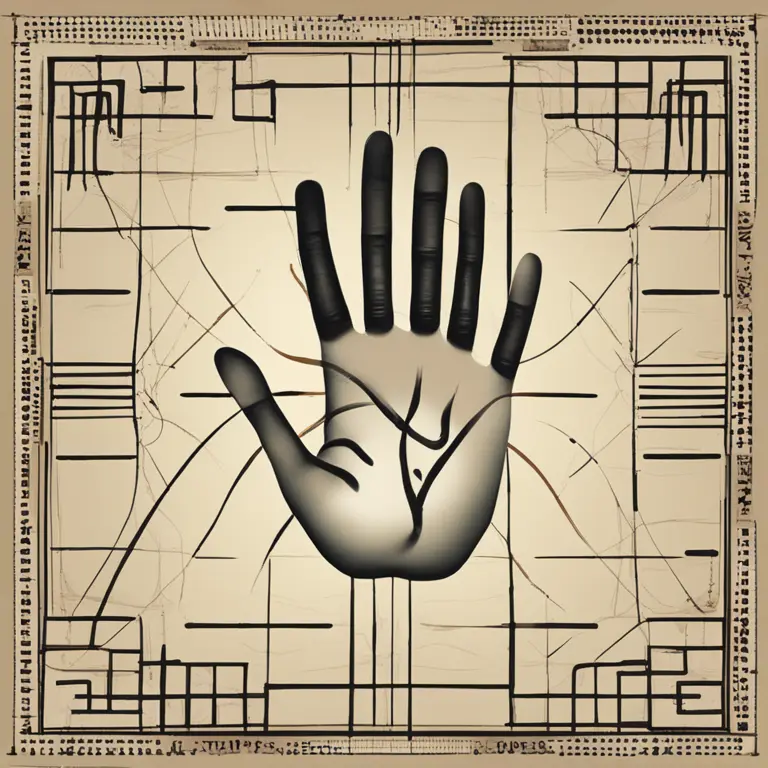
The Art of Palmistry: Lines of Fate in Your Hands
Dive into the world of palmistry, a practice analyzing palm lines to reveal personality traits and life paths. Discover the ancient art and modern interpretations.
article by Nora Pennington
Introduction to Palmistry
Palmistry, also known as chiromancy, is an ancient practice that interprets the lines and features of the hands, particularly the palms, to reveal individual personality traits and predict future events. Originating from various cultural traditions around the world, palmistry has found a distinctive place in modern esoteric belief systems. As we embrace the 21st century, this practice continues to allure individuals seeking insight into their lives, despite living in an age rich with technology and scientific understanding.

The Roots and Relevance
While palmistry's roots can be traced back to ancient India, it has been shaped over centuries by various cultures, including Greek, Chinese, and Egyptian. Today's practice merges traditional knowledge with contemporary psychological insights. Enthusiasts and practitioners consider palmistry as a tool for self-discovery rather than a rigid predictor of the future, aligning with current values of personal growth and mindfulness.

Understanding the Palm Lines
The core of palmistry lies in the analysis of the palm lines. The four major lines are the heart, head, life, and fate lines, each believed to signify different aspects of one's life. Modern palmistry emphasizes the uniqueness of the lines, suggesting that they reflect the individual's personal narrative and experiences. Due to the dynamic nature of our palms, which change over time, palm readings are seen as snapshots of an individual's current state rather than fixed destinies.

Exploring Beyond the Lines
Advanced palmistry delves deeper into the hand's terrain, examining mounts, shapes, and finger lengths. The six mounts, named after celestial bodies like Venus and Jupiter, denote various character traits and propensities. Apart from lines, modern chiromancy also incorporates dermatoglyphics, the study of skin patterns and fingerprints, to offer a more nuanced understanding of personal predispositions.

The Question of Science and Palmistry
In the scientific community, palmistry does not hold ground as a credible science due to its anecdotal nature and lack of empirical evidence. However, its value might rather be found in its symbolism and reflective possibilities. For many, palm readings provide a form of entertainment or a springboard for self-reflection. As we move further into the future, the dichotomy between science and palmistry is often seen through a lens of complementary contrast rather than conflicting truths.
Palmistry in the Digital Age
The digital revolution has transformed palmistry like many other fields. Online palm readings, apps, and interactive websites now bring personalized palm analysis to anyone with an internet connection. This digital transition respects privacy and allows individuals to explore palmistry's insights in the comfort of their own space, merging ancient wisdom with modern-day convenience.
The Future of Palmistry
Palmistry's future seems to maintain its allure, as it continues to adapt to contemporary cultural dynamics. Whether through personal sessions or online platforms, it endures as a subject of human curiosity. As we look to the future, the blend of traditional practices with innovative technologies promises to keep palmistry an accessible and fascinating facet of exploring the human experience.
Published: 1/29/2024
Modified: 1/29/2024
More predictions
Come back here soon to learn more about yourself and your future


The Intricacies of the Head Line
Delve into the meaning of the head line in palmistry and discover how this powerful indicator can reveal insights about your intellect and communication style.


The Mystery of the Palmistry Health Line
Decode the mysteries of your vitality through the intricate details of the palmistry health line.


The Secrets Hidden in Your Palm's Health Line
Discover the significance of the health line in palmistry and how it may offer insights into your well-being and vitality.